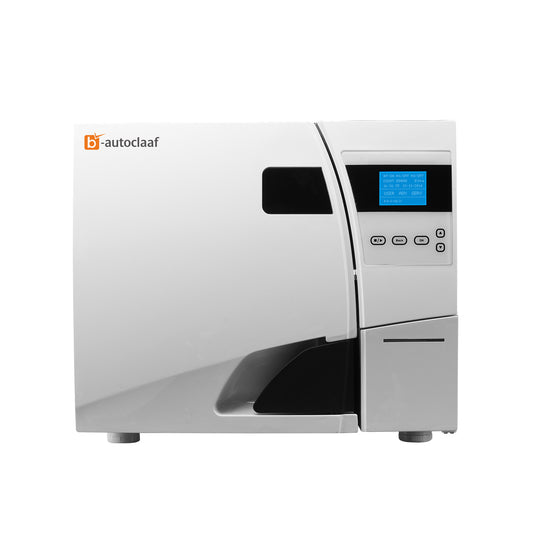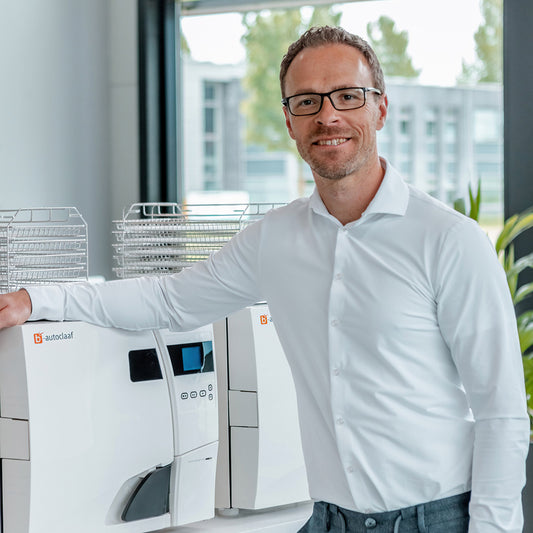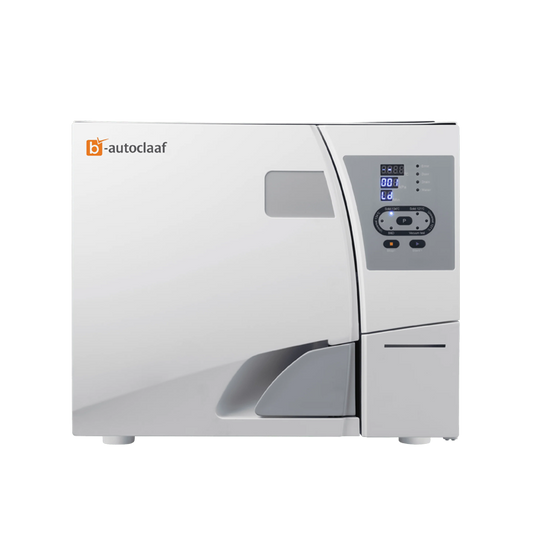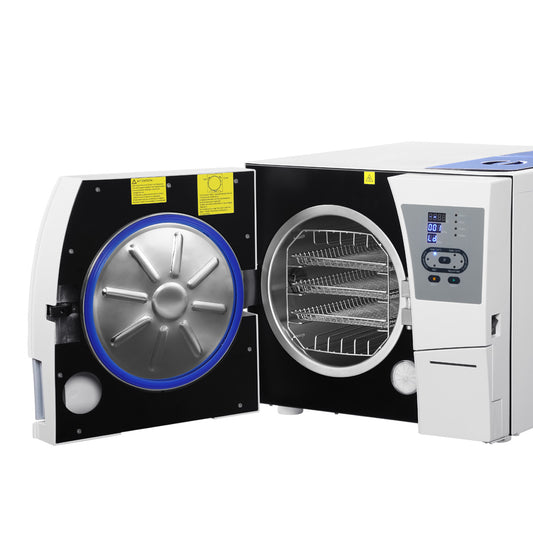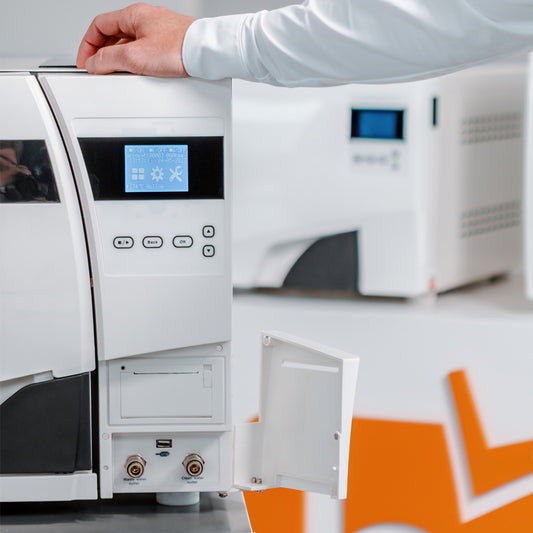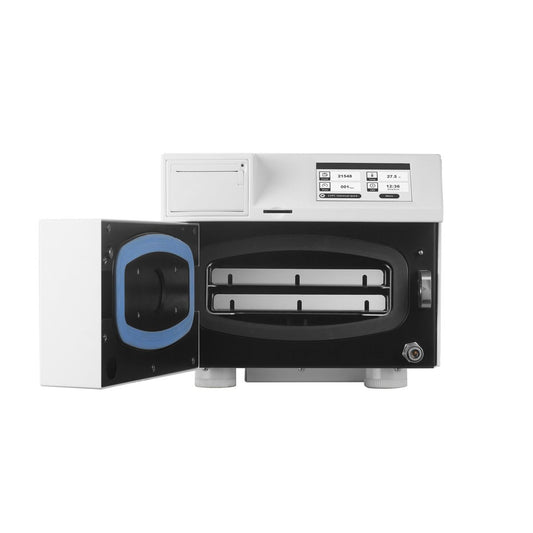What water should I put in an autoclave?
It is possible to use demineralized or distilled water in an autoclave for the sterilization process. With ordinary tap water from the water supply, there is the presence of too much salt. This makes hard water containing organic salts and organic substances less suitable for direct use in the sterilization process. However, demineralized water and distilled water are suitable to be applied for the sterilization process in a variety of industries, such as pharmaceutical and cosmetic.
Demineralized water
There is a difference between demineralized and distilled water for use in an autoclave. In demineralized water, or osmosis water, ions are removed using an ion exchanger. Cation-anion resin is an example of an ion exchanger, in which water flows through the resin and replaces negative ions with hydrogen ions coming out of the resin. The process often takes place in repeated steps to know with certainty that all negative ions are gone. When finished, the result is demineralized water that has been stripped of inorganic salts.
Distilled water
Distilled water can be made in a simple way. All it takes to obtain distilled water is by boiling water. This is done on a large scale by collecting and cooling the water vapor in a condenser. Then the water can be stored in a sterile tank. This process ensures the removal of both organic substances and organic salts. The method of distilling water involves extracting the water from the contaminant and demineralized water involves removing the contaminant from the water. By the way, the method of making distilled water itself is easy to perform with a water distiller and use tap water from the tap.
